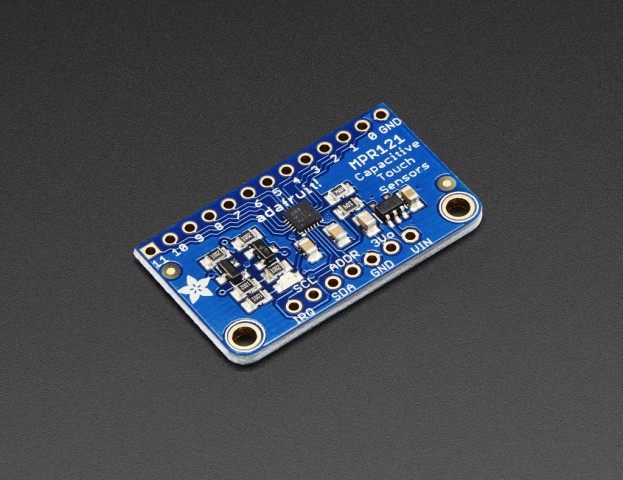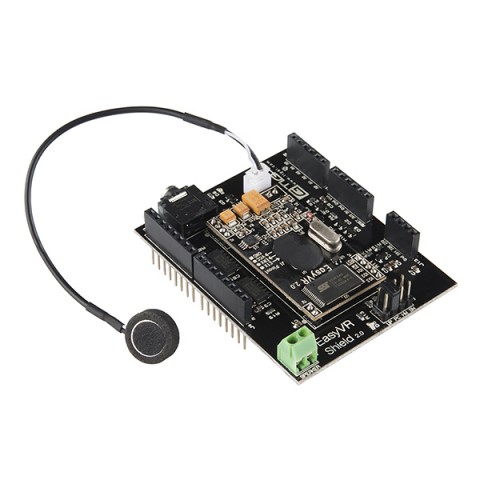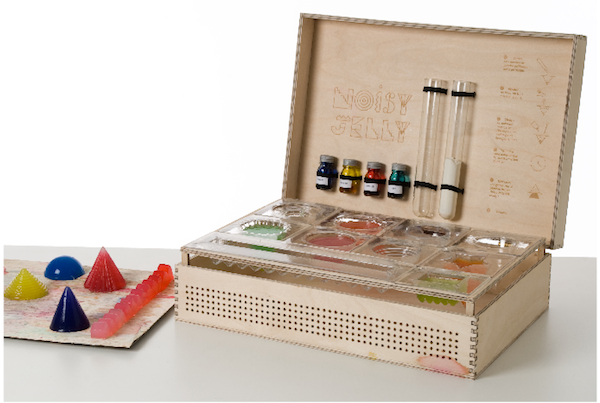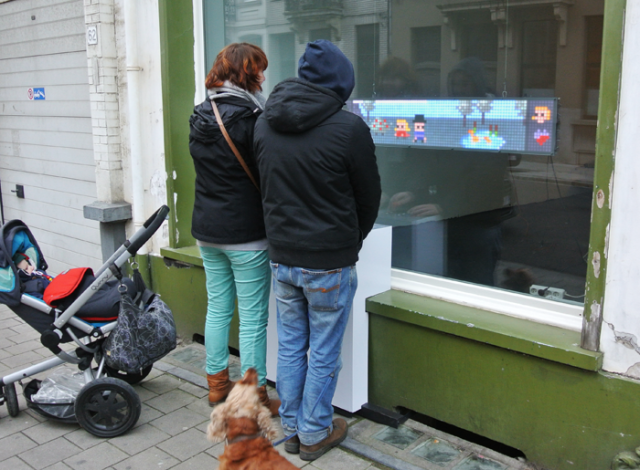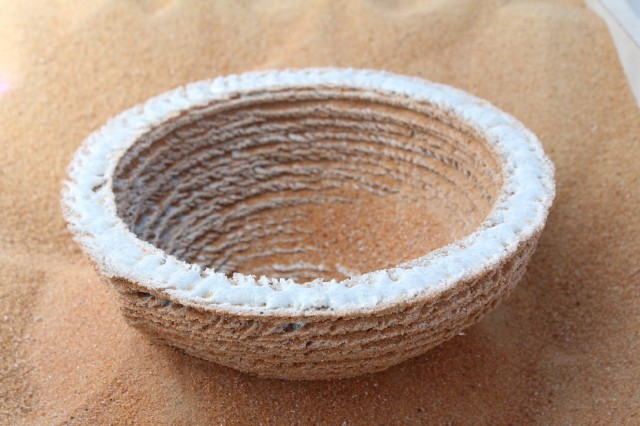Something That Inspired Me.
Pulsu(m) is a project in which a plant’s response to certain stimuli, such as light or touch, is generated into sound. This sound can be perceived as a certain form of communication of plants, and the tangibility of bioprocesses which are otherwise invisible to us. The intersection of art and biology appeals to me quite a bit, and I found this project to be an exploratory representation of how plants are much more alive and complex than we realize.
Something That Surprised Me.
Aerosol is a kinetic sculpture which explores particle systems, and consists of an undulating stretch of fabric over of 16 motors, with iron balls moving along its surface. I was immediately drawn to this project, as I found the fabric’s movement to be quite beautiful, along with this random, converging and diverging movement of the the balls.
Something That Disappointed Me.
Ignite Light is an interactive light fixture that is sensitive to its environment, and responds to the vibrations of touch and wind. The project was inspired by natural light sources, such as a candle which moves along in response to air. However, this project disappointed me, in that while I enjoyed the idea of an artificial light source that acts quite naturally in a space, the visual composition was a let down. I found the string in which the fixture hung from to be garish, and the pieces surrounding the LEDs were almost too boring in their geometric simplicity.


